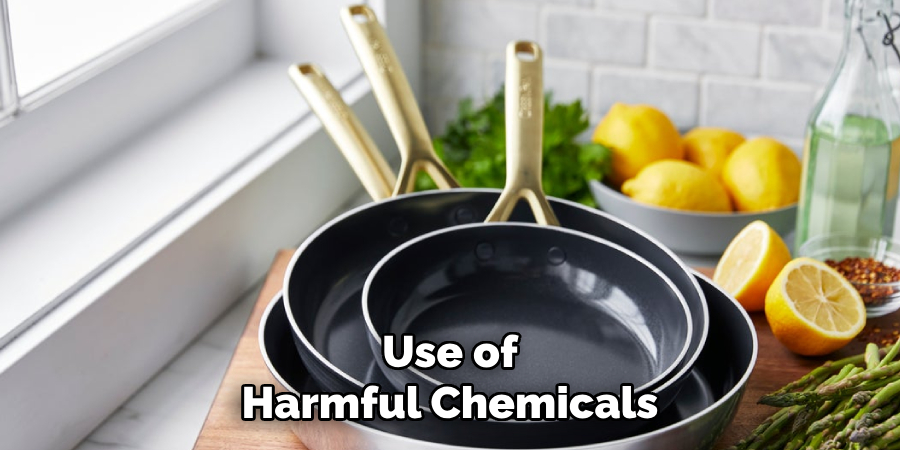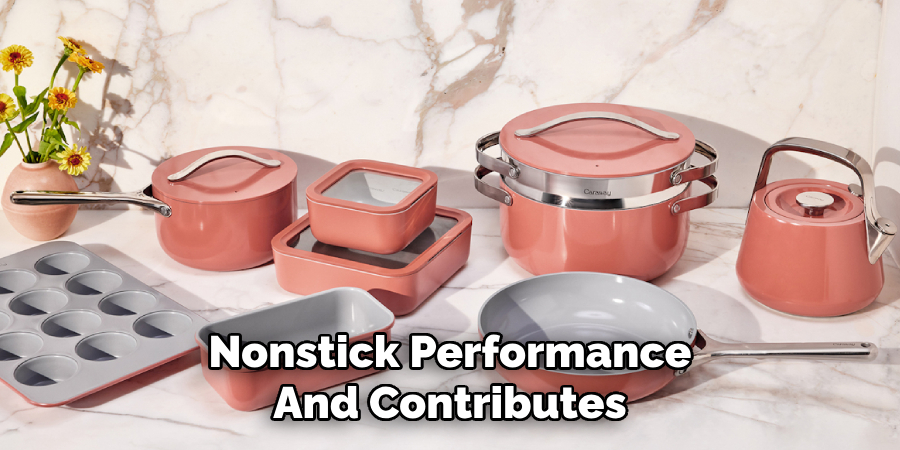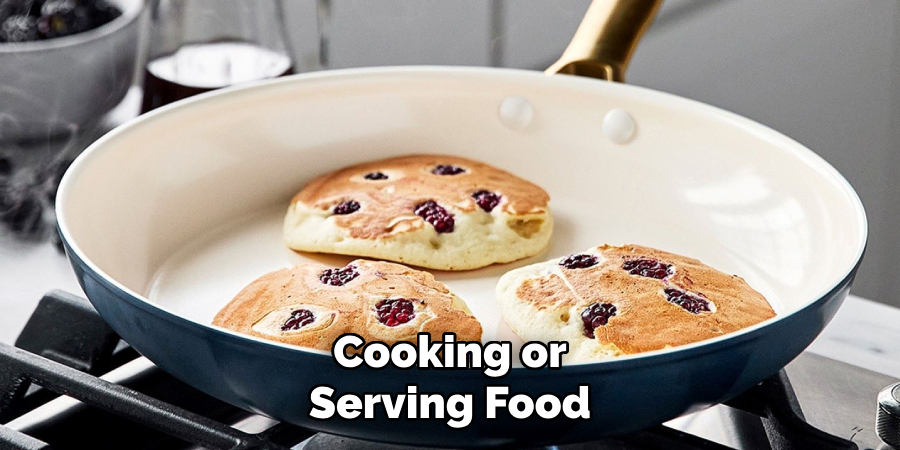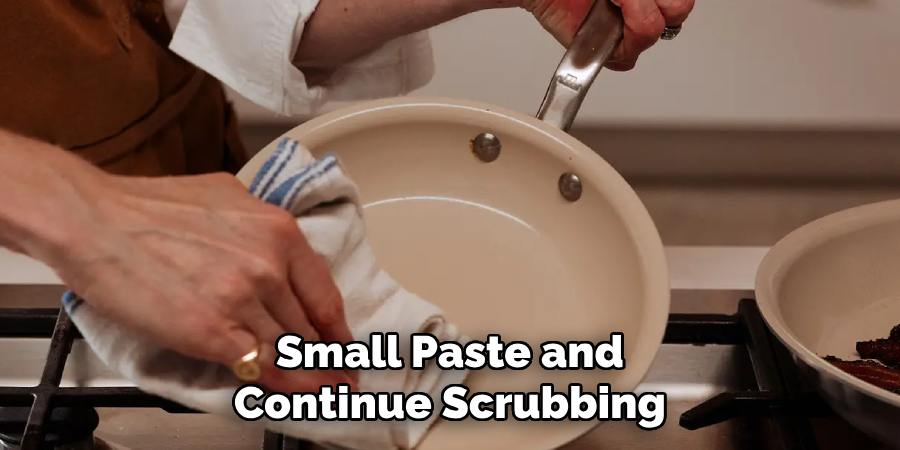Ceramic frying pans have become a popular choice in kitchens worldwide due to their excellent nonstick properties, ability to distribute heat evenly, and eco-friendly design that avoids the use of harmful chemicals. However, maintaining these benefits requires proper care and cleaning.

Knowing how to clean ceramic frying pan surfaces effectively is crucial for preserving their nonstick coating, preventing unsightly staining, and ensuring the pan remains in good condition for years to come. Improper cleaning methods can lead to scratches or damage to the ceramic coating, reducing the pan’s effectiveness and longevity.
This article provides a step-by-step guide on how to clean ceramic frying pan surfaces using safe, simple, and efficient techniques that protect the integrity of the coating while keeping your pan in top shape. Follow these tips to maintain your ceramic frying pan’s performance and aesthetic appeal.
Understanding Ceramic Frying Pan Coatings
Ceramic frying pans stand out due to their innovative nonstick coating from silica-based ceramic layers. Unlike traditional nonstick pans that might rely on synthetic chemicals, ceramic coatings are free of PTFE and PFOA, making them a safer and healthier choice for cooking.
This eco-friendly alternative ensures excellent nonstick performance and contributes to a cleaner, more sustainable kitchen environment. A ceramic frying pan’s gleaming, smooth surface adds a touch of elegance to any culinary space while delivering exceptional cooking results.
Because of the unique characteristics of ceramic coatings, special cleaning methods are required to maintain their integrity and performance. Harsh scrubbing or abrasive cleaning tools can scratch or damage the delicate nonstick surface, reducing efficiency over time. Similarly, using the wrong types of detergents—such as those with strong chemicals—can degrade the coating and shorten the pan’s lifespan.
Exposing the pan to excessively high heat can cause discoloration or stubborn food buildup, which may be difficult to remove later. By adopting the appropriate care routines, you can preserve the pan’s functionality and appearance, ensuring it remains a reliable tool in your kitchen.
How to Clean Ceramic Frying Pan: Daily Cleaning Routine
Step 1: Let the Pan Cool Down
Avoid rinsing a hot pan with cold water as the sudden temperature change can cause warping or even cracking. Allow the pan to cool down naturally before beginning the cleaning process. This ensures the material retains its integrity and extends the pan’s lifespan.
Step 2: Use Warm Water and Mild Dish Soap
Fill the pan with warm water and add a few drops of mild dish soap to break down food residue gently. Carefully wipe the surface using a soft sponge or cloth to clean off any remaining grease or particles. Avoid using abrasive scrubbers or harsh chemicals, which could damage the nonstick coating.

Step 3: Rinse and Dry Thoroughly
Finish by rinsing the pan thoroughly with warm water to remove any soap residue. Immediately dry the pan with a soft, absorbent towel to prevent water spots or streaks. Storing the pan completely dry ensures it remains pristine and ready for its next use in your kitchen.
How to Clean Ceramic Frying Pan: Removing Stubborn Stains and Burnt Residue
Nonstick pans may occasionally develop stubborn stains or burnt residue even with proper care. Follow these steps to restore your pan’s surface without causing damage:
Step 1: Soak in Baking Soda Solution
Mix one tablespoon of baking soda with warm water, creating a gentle cleaning solution. Pour this mixture into the pan and allow it to soak for 15–20 minutes. Baking soda’s natural cleaning properties help to loosen any tough, stuck-on food particles without being abrasive.
Step 2: Gentle Scrubbing with a Soft Sponge
After soaking, gently scrub the pan’s surface with a non-abrasive sponge. Avoid using steel wool or harsh scrubbers, as they can scratch and damage the nonstick coating. Focus on the areas with residue, applying light pressure to avoid harming the pan.
Step 3: Using Vinegar for Deep Cleaning
For tougher stains or discoloration, create a solution of equal parts white vinegar and water. Pour the mixture into the pan and heat it over low to medium heat for 2–3 minutes. The acidity of the vinegar breaks down stubborn grease and removes discoloration effectively. Once heated, turn off the stove and allow the pan to cool slightly. Use a soft sponge to scrub the surface, rinsing thoroughly with warm water afterward.
These steps are designed to keep your nonstick pan clean and maintain its performance, ensuring it lasts for many meals to come.
How to Clean a Discolored Ceramic Pan
Keeping your ceramic pan clean and discolored-free ensures its longevity and optimal performance. Follow these steps to restore its appearance effectively:
Step 1: Make a Paste with Baking Soda
Mix baking soda with a small amount of water to create a thick paste. Baking soda is a gentle yet effective abrasive that can lift stains without damaging the pan’s surface. Apply the paste directly to the discolored areas of your ceramic pan, covering all affected spots. Allow the paste to sit for about 30 minutes. This resting period helps break down tough stains and discoloration.
Step 2: Scrub with a Soft Brush

Using a soft-bristled brush or a non-abrasive sponge, gently scrub the stained areas in circular motions. Avoid using steel wool or harsh scrubbers, which can scratch the ceramic coating. Take your time to work the paste into the stains, ensuring that even stubborn discoloration is addressed. If needed, reapply a small paste and continue scrubbing until the surface looks clean.
Step 3: Rinse and Dry
Once you’ve scrubbed away the discoloration, rinse the pan thoroughly with warm water to remove all traces of the baking soda paste. Check the surface to ensure no residue remains. Finally, use a soft, clean cloth to dry the pan completely before storing it. This simple process will leave your ceramic pan looking refreshed and ready for use.
Preventing Scratches and Damage
Proper care can significantly extend the life of your ceramic pan and maintain its non-stick surface. By following these tips, you can prevent scratches and other damage that may compromise the quality of your cookware.
Avoid Metal Utensils
Using metal utensils can easily scratch the delicate surface of ceramic pans. To avoid this, opt for wooden, silicone, or plastic utensils when cooking or serving food. These materials are gentler on the surface and help preserve the smooth, non-stick coating.
Do Not Stack Heavy Pans on Top
Stacking heavy cookware directly on ceramic pans can lead to scratches, dents, or even cracks. If you need to stack your pans, always place a protective liner, dishcloth, or towel between them to provide a cushioning layer and prevent direct contact between the surfaces.

Store Properly
Appropriately storing your ceramic pan is essential to maintaining its durability. If possible, hang the pan by its handle or store it in a dedicated space where it does not touch other heavy or abrasive items. Keeping your pan separate will help preserve its integrity and ensure it remains pristine for many future uses.
When to Replace a Ceramic Frying Pan
Signs Your Pan Needs Replacement
Over time, even with careful maintenance, a ceramic frying pan may show signs that it’s nearing the end of its usability. One of the first indicators is the presence of deep scratches or chips in the non-stick coating.
These imperfections can compromise the functionality of the pan and may even pose health risks if the coating starts to peel. Another common sign is persistent food sticking despite following proper care guidelines, as this could indicate that the non-stick surface has worn out.
Additionally, discoloration that cannot be removed through deep cleaning—especially if it alters the cooking surface—can signal that investing in a new pan is time.
Extending the Lifespan of Your Pan
To get the most out of your ceramic frying pan, adopt habits that promote its longevity. Always clean the pan promptly after use to prevent residue buildup.
Avoid using high heat, as cooking at low to medium temperatures helps to maintain the integrity of the non-stick coating and prevents overheating damage. With proper care, your ceramic frying pan can serve you well for years, but replacing it ensures your cooking remains safe and efficient when signs of wear appear.

Conclusion
By understanding how to clean ceramic frying pan properly, you can extend its lifespan and maintain its nonstick performance. Incorporate daily washing with mild soap and warm water, and deep clean occasionally using baking soda and vinegar to remove stubborn residues.
Prevent damage by avoiding abrasive tools and sticking to gentle cleaning techniques to protect the ceramic coating. Regular maintenance keeps your pan in excellent condition and ensures safe and efficient cooking. With these practices, your ceramic frying pan can be reliably used and will produce perfect cooking results for years to come.
Professional Focus
Harry Ciotti is a highly skilled kiln operator with a sharp eye for detail and an in-depth understanding of the firing process. His expertise ensures that each ceramic piece reaches its full potential, perfectly balancing strength and beauty. Harry takes pride in overseeing the final stage of pottery creation, transforming raw clay into durable and stunning works of art.
About the Author
Harry Ciotti is a dedicated kiln operator and ceramic artist who brings passion and precision to every piece he fires. With a deep commitment to craftsmanship, Harry ensures that every ceramic creation is fired to perfection, from delicate vases to robust sculptures. He not only operates the kiln, but understands the unique needs of each piece, ensuring it reaches its full artistic potential. Through his work, Harry blends precision with artistry, making every firing a story of transformation.
Education History
University: California College of the Arts
Degree: Master of Fine Arts in Ceramics
Harry’s advanced education in ceramics has refined his technical skills, particularly in kiln operation, firing processes, and ceramic artistry. His educational background equips him to produce top-quality ceramic pieces that reflect both technical excellence and artistic expression.
Expertise:
- Kiln Operation and Firing Techniques
- Ceramics Creation (Functional and Artistic)
- Precision Craftsmanship
- Glazing and Texture Techniques
- Ceramic Artistry and Storytelling
